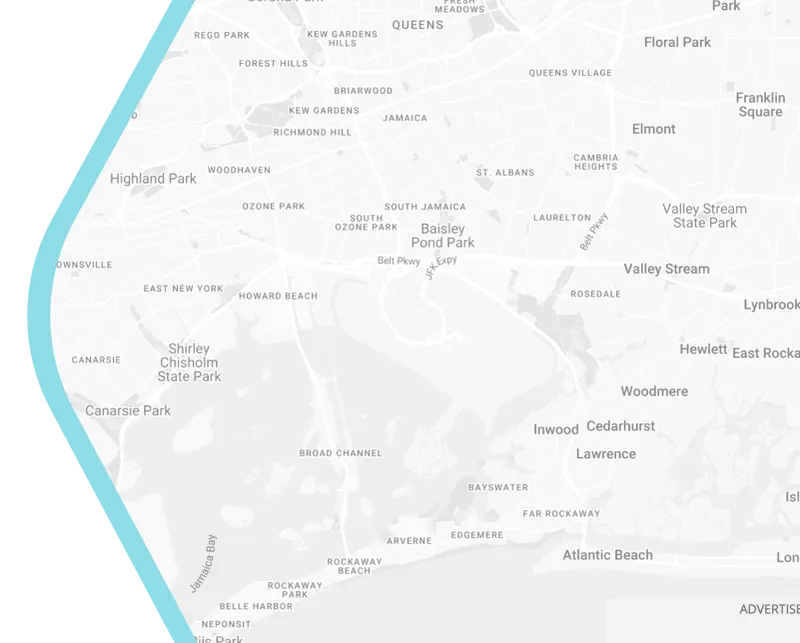
Smart Bike Lanes with IoT Sensors Making Cycling Safer in Cities
The hum of bicycle wheels on pavement is the sound of a greener urban future—but as cities embrace cycling, safety remains a stubborn roadblock. In London, cyclists account for 6% of traffic yet suffer 20% of serious injuries. Traditional bike lanes, painted strips on asphalt, offer little protection against distracted drivers or blind-spot collisions. But imagine a bike lane that thinks, reacts, and protects. Enter IoT-enabled smart bike lanes: where embedded sensors, AI, and real-time data converge to create self-aware cycling corridors. These aren’t just paths; they’re lifelines reshaping urban mobility.
The Invisible Shield How IoT Sensors Redefine Bike Lane Safety
Beneath the rubber-streaked surface of modern smart bike lanes lies a nervous system of IoT sensors. Lidar scanners detect vehicles veering into cyclist territory. Pressure-sensitive strips identify pedestrian intrusions. Thermal cameras spot icy patches before they form. In Copenhagen, where 49% of commuters cycle, these sensors feed data to a central AI that learns near-miss patterns at intersections. When risk spikes—say, during rush hour or rain—the system triggers adaptive responses:
- Glowing LED borders illuminate lanes in low light,
- Vibrating rumble strips alert distracted drivers,
- Dynamic bollards rise to physically separate cyclists from traffic.
It’s infrastructure that breathes. In Amsterdam’s pilot project, these features reduced "dooring" accidents (collisions with parked cars) by 34% in six months.
Beyond Prevention Saving Lives Through Predictive Analytics
The true genius of IoT-enabled lanes isn’t just reaction—it’s prediction. By analyzing millions of data points (vehicle speed, cyclist density, weather), AI anticipates collisions before they happen. In Barcelona, smart lanes near Plaça de les Glòries use predictive modeling to:
- Reroute cyclists via app notifications when sensors detect congestion or hazards ahead,
- Adjust traffic light timing to give cyclists priority during high-risk turns,
- Alert emergency services instantly if a fall is detected via impact sensors.
During a 2023 trial, response times for injured cyclists dropped from 9 minutes to 2.1 minutes—a critical window where every second counts.
The Urban Ripple Effect Why Cities and Developers Are Investing
For urban planners, smart bike lanes solve multiple challenges at once. They slash healthcare costs from accidents (cycling injuries cost Berlin €160 million annually). They ease traffic—Portland found adding protected bike lanes reduced car volumes by 20%. For real estate developers, they boost property values: Melbourne properties near smart bike corridors saw 7-12% price premiums.
But the real win? Equity. In low-income neighborhoods like Chicago’s South Side, solar-powered IoT lanes provide safety where lighting and policing are scarce. As one city planner noted: "These lanes aren’t luxuries. They’re tools for justice."
Navigating the Roadblocks Challenges and the Path Forward
Deploying smart lanes faces hurdles. Sensor maintenance in extreme weather costs Toronto 30% more than traditional lanes. Data privacy concerns linger—should cities track cyclists’ speeds? Critics argue funds could better serve public transit. Yet innovators are pushing ahead:
- Self-Powered Sensors: Vancouver uses piezoelectric materials that harvest energy from passing bikes.
- Anonymized Data: Helsinki’s open-source system encrypts user identities.
- Modular Design: Tokyo’s snap-in sensors allow cheap upgrades without repaving.
The goal? Make safety scalable. Medellín cut implementation costs by 60% using local tech startups.
Pedaling Toward a Safer Tomorrow
Smart bike lanes with IoT sensors do more than prevent accidents—they signal a cultural shift. Cities that once prioritized cars now listen to the whir of bike chains, guided by data that values every life. From the glowing lanes of Copenhagen to the predictive grids of Singapore, this is urban planning at its most humane: infrastructure that doesn’t just exist but cares. As we reimagine streets, these intelligent paths remind us: the future of mobility isn’t faster, but safer.
